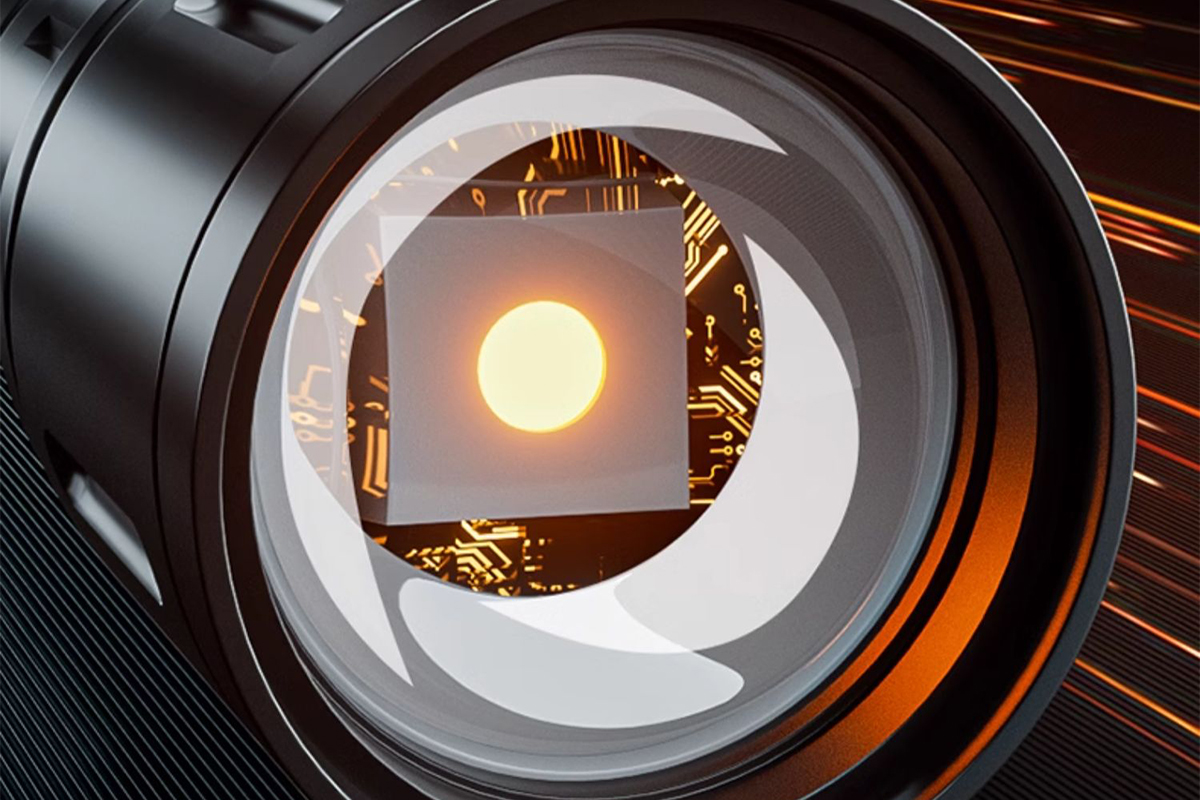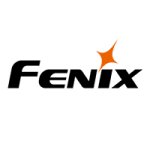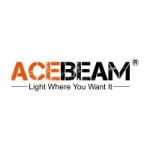
A laser flashlight is a device that combines the principles of laser technology with the form and functionality of a conventional flashlight. Laser technology involves the use of laser diodes to produce a focused, collimated, and often intense beam of light. The shared design features of compactness, portability, and handheld usability make laser flashlights similar to conventional flashlights in terms of practicality and ease of use. Laser flashlight technology is developed to overcome limitations or challenges associated with LED flashlights. LED flashlights typically emit diffused and non-coherent light. In contrast, laser flashlights produce highly focused and coherent beams. This characteristic allows laser flashlights to project light over longer distances with greater precision, addressing any limitations in the reach or focus of LED flashlights. Laser flashlights are known for their ability to provide intense and long-range visibility. This can be advantageous in applications where LED flashlights may fall short in illuminating distant objects with sufficient brightness. Laser light has properties that may allow it to penetrate through adverse conditions, such as smoke or fog, more effectively than LED light. In scenarios where visibility is compromised by environmental factors, laser flashlights might offer advantages.
While both high lumen LED flashlights and laser flashlights share commonalities in providing intense illumination, laser flashlights are reinforced or optimized for specific applications that demand highly focused, coherent beams of light with extended visibility. High lumen LED flashlights concentrate light in a focused beam, and laser flashlights take this a step further by producing a highly coherent beam that remains tightly focused over longer distances. In comparison to high lumen LED flashlights, the focused and concentrated nature of laser beams allows for extended visibility and more precise illumination at a distance. Laser flashlights are strengthened or optimized for specific applications that demand both intensity and precision. This could include scenarios where a highly focused and coherent beam is essential, such as in long-range visibility, precise targeting, or certain professional and industrial applications. Laser flashlights find applications in scenarios where visibility over extended distances is crucial. This can include outdoor activities such as hiking, camping, or search and rescue operations where identifying objects or terrain features from a distance is essential. Laser flashlights are often used in military and law enforcement applications where long-range visibility is a critical factor. The ability to project a focused beam over significant distances enhances situational awareness and target identification in various operational environments. Laser flashlights can be used for emergency signaling over extended distances. The highly visible and concentrated laser beam can attract attention from a distance, making it a valuable tool for communication in emergency situations.
A laser flashlight distinguishes itself by using laser diodes tas its light source. Laser diodes are semiconductor devices that emit coherent light when an electric current passes through them. The process by which laser diodes emit coherent light is known as "stimulated emission." This involves the release of photons that match the phase and frequency of existing photons. As a result, the emitted light is coherent and has a single wavelength. The monochromatic nature of laser light means that it consists of a very narrow range of wavelengths. Laser diode-pumped phosphor light sources leverage a high-power blue InGaN laser diode to excite a phosphor down-converter. The blue radiation is then subjected to partial conversion by the phosphor. This means that a portion of the blue light is transformed into longer wavelengths, extending into the green, yellow, and red regions of the spectrum. The combination of the original blue laser light and the additional colors created through phosphor conversion results in white light. To manage the operation of the laser diodes, laser flashlights include control circuitry. This circuitry regulates the electrical current supplied to the laser diodes, ensuring they operate within safe and optimal parameters. Due to the potential risks associated with laser light, especially at higher power levels, laser flashlights often include safety features. This may include interlocks, key switches, or other measures to prevent accidental exposure of the laser beam to the eyes.




